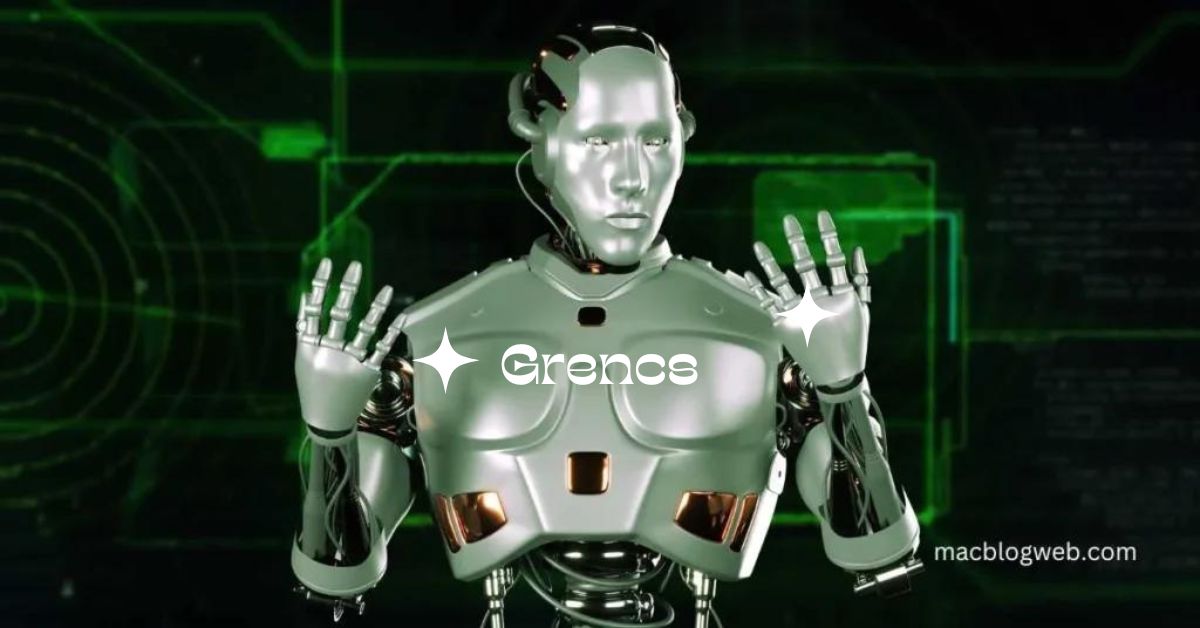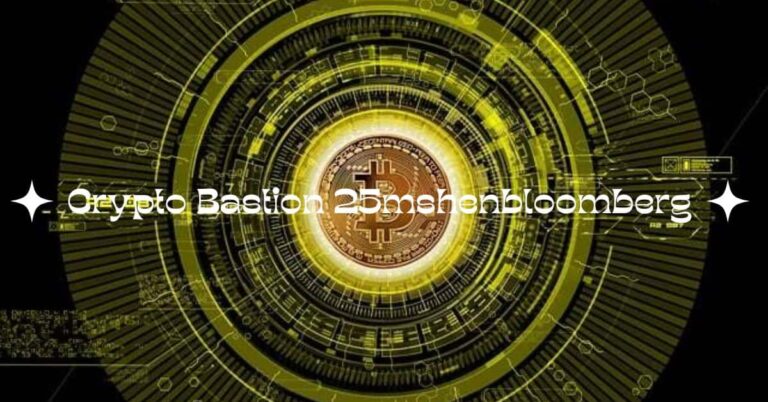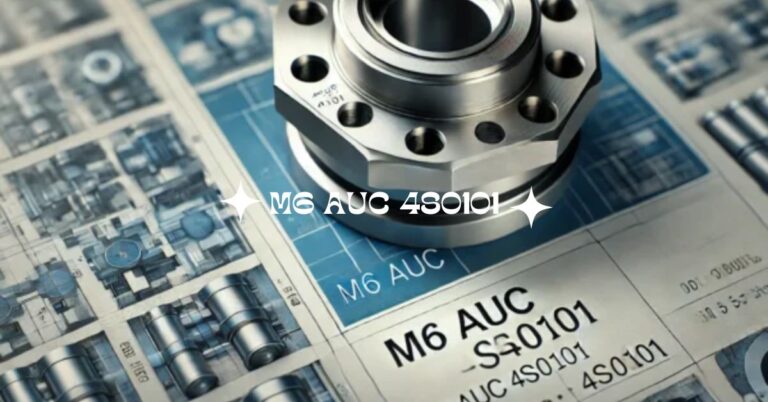Grencs – Innovating Agriculture, Healthcare, And More!
Grencs have transformed my home and work life. Their eco-friendly tech saves me time and energy, boosting efficiency and reducing my environmental impact.
Grencs use green tech and AI to work smarter and greener in many industries. They save time, cut waste, and make work and home life better for everyone.
Let’s uncover the transformative power of the Grencs. Learn how these advanced devices blend eco-friendly tech with AI to boost efficiency and sustainability across different sectors, shaping a smarter, greener future.
What Makes Grencs Innovative?
Grencs stand out due to their innovative fusion of green technology and advanced artificial intelligence (AI). They are designed to harness renewable energy sources like solar, wind, or kinetic energy, ensuring sustainable operation.

What sets Grencs apart is their ability to integrate sophisticated AI algorithms that enable real-time data analysis, predictive maintenance, and autonomous decision-making.
This combination not only enhances efficiency but also reduces environmental impact, making Grencs a pioneering solution in sustainable technology.
How Do Grencs Use Ai To Work Better?
AI is integral to Grencs’ functionality, empowering them to operate more intelligently and autonomously. Grencs utilize AI for tasks such as optimizing energy consumption based on real-time data from sensors, predicting maintenance needs to prevent equipment failures, and adjusting operational parameters to maximize efficiency.
Machine learning algorithms in Grencs continuously analyze vast datasets to identify patterns, trends, and anomalies, allowing for adaptive responses that improve overall performance and reliability.
Why Are Renewable Energy Sources Important For Grencs?
Renewable energy sources, such as solar power, play a critical role in enhancing the sustainability and efficiency of Grencs. Here’s how:
Reduction of Fossil Fuel Dependency:
Grencs significantly reduce reliance on fossil fuels by leveraging renewable energy sources like solar power. This reduction not only helps in mitigating environmental impact but also lowers operational costs associated with traditional energy sources.
Clean Energy Generation:
Integrated solar panels enable Grencs to generate clean energy. This process not only supports sustainable practices but also contributes to a cleaner environment by reducing carbon emissions and pollution.
Energy Independence and Resilience:
By incorporating solar power, Grencs enhance energy independence. They are less vulnerable to fluctuating energy prices and supply disruptions, ensuring consistent operation and performance.
Global Sustainability Goals:
The integration of renewable energy sources aligns Grencs with global efforts to combat climate change and promote sustainable development. This commitment underscores their role in advancing environmental stewardship and long-term energy efficiency.
How Do Grencs Help Cities Stay Green?
Grencs contribute significantly to urban sustainability by supporting smart city initiatives and green infrastructure. In cities, Grencs manage energy distribution networks, optimize waste management systems, and enhance public transportation efficiency through AI-driven analytics.
By reducing carbon emissions, improving air quality, and optimizing resource allocation, Grencs play a crucial role in creating environmentally friendly urban environments that prioritize sustainability and quality of life for residents.
Which Industries Benefit Most From Using Grencs?
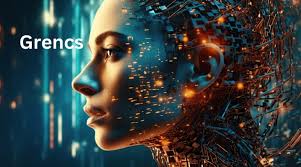
Agriculture:
- Optimized Irrigation: Grencs regulate irrigation schedules based on real-time data, ensuring optimal water usage and improving crop health.
- Soil Monitoring: They analyze soil conditions continuously, providing farmers insights into nutrient levels and moisture content for better crop management.
- Automated Harvesting: Grencs automate harvesting processes, increasing efficiency and reducing labor costs while maintaining crop quality.
Healthcare:
- Remote Patient Monitoring: Grencs enable continuous monitoring of patients’ health metrics remotely, enhancing early detection of health issues and improving patient care.
- Predictive Diagnostics: They analyze medical data to predict potential health risks, enabling proactive treatment and personalized healthcare plans.
- Hospital Operations Management: Grencs optimize hospital operations by managing resources efficiently, improving workflow, and reducing administrative burdens.
Manufacturing:
- Predictive Maintenance: Grencs use AI to predict equipment failures, allowing proactive maintenance to minimize downtime and optimize production efficiency.
- Process Optimization: They analyze production data to streamline manufacturing processes, reduce waste, and improve overall operational efficiency.
Transportation:
- Autonomous Vehicles: Grencs power autonomous driving systems, enhancing vehicle safety and efficiency by analyzing real-time traffic data and optimizing navigation routes.
- Logistics Management: They improve logistics operations through route optimization, load management, and real-time tracking, ensuring timely deliveries and reducing transportation costs.
Also read: Church Of The Highlands Exposed: Megachurch Under Scrutiny In The Age Of Accountability
How Do Grencs Make Work Easier And Cheaper?
Grencs streamline operations by automating repetitive tasks and optimizing resource allocation, which reduces labor costs and enhances operational efficiency.
AI-powered analytics enable Grencs to forecast demand, manage inventories, and optimize energy usage, leading to significant cost savings for businesses.
By preemptively identifying maintenance needs and operational inefficiencies, Grencs prevent costly breakdowns and downtime, ensuring continuous productivity and maximizing return on investment.
What Are The Challenges Of Using Grencs?
Implementing Grencs poses several challenges that require careful consideration and planning. Integration complexities arise from combining diverse technologies, such as AI, IoT (Internet of Things), and renewable energy systems, into cohesive operational frameworks.
Cybersecurity risks are critical, as Grencs collect and process sensitive data, necessitating robust cybersecurity measures to safeguard against data breaches and unauthorized access.
Privacy concerns emerge from the extensive data collection and AI decision-making processes, prompting the need for transparent data handling practices and ethical AI governance frameworks to mitigate biases and ensure fair use.
Why Is It Important To Use Ai Fairly In Grencs?
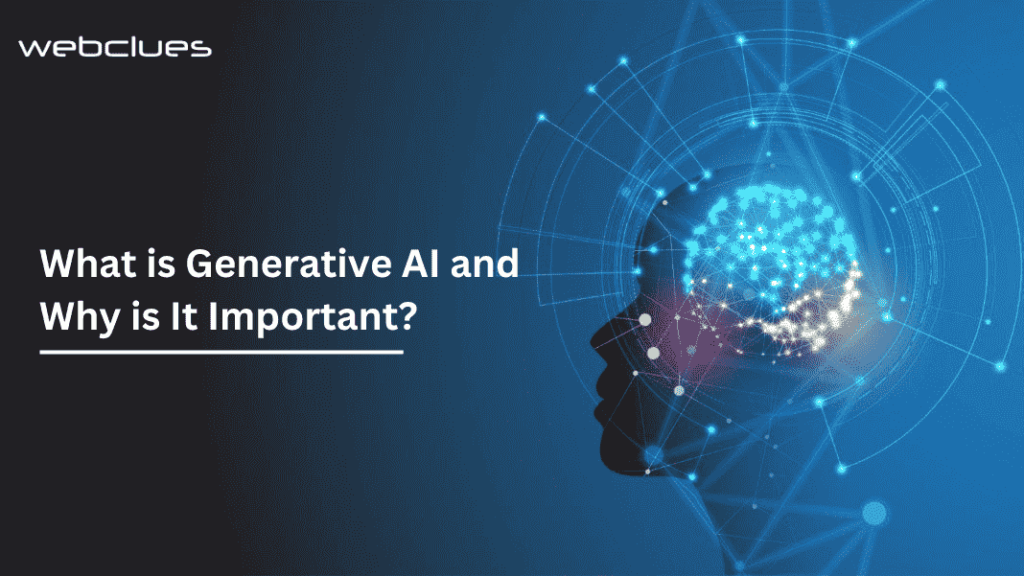
Fair AI practices are essential to maintain trust, transparency, and ethical responsibility in Grencs’ operations. Fair AI ensures that algorithms make unbiased decisions, avoiding discrimination and promoting inclusivity across diverse user demographics.
Transparent AI governance frameworks clarify how AI-driven decisions are made, ensuring accountability and ethical use of data. By adhering to fair AI principles, Grencs uphold integrity and reliability, fostering trust among stakeholders and ensuring equitable benefits from AI-driven innovations.
Where Can People And Businesses Use Grencs Practically?
Grencs find practical applications across various settings, including urban environments, industrial facilities, commercial buildings, and residential complexes. In urban areas, Grencs manage smart grids, optimize energy consumption in buildings, and enhance public infrastructure efficiency.
Industrial sectors deploy Grencs for predictive maintenance in manufacturing plants, optimizing production lines and reducing operational costs.
Commercial buildings utilize Grencs for energy-efficient lighting, HVAC (Heating, Ventilation, and Air Conditioning) systems, and smart metering, enhancing sustainability and reducing utility expenses.
Residential applications include home automation, renewable energy integration, and smart appliances that improve energy efficiency and comfort for homeowners.
Can Grencs Handle Different Environments And New Technology?

Yes, Grencs are designed to adapt to diverse environmental conditions and integrate seamlessly with emerging technologies. Their modular design and scalable architecture enable Grencs to deploy flexibly across varying geographic locations, from urban centers to remote rural areas.
Grencs incorporate advancements in AI, IoT connectivity, and renewable energy technology, allowing them to evolve alongside technological innovations. This adaptability ensures Grencs remain relevant and effective in addressing evolving challenges and opportunities in different sectors and environments.
Also read: Navigating The Maze: A Comprehensive Look At High Risk Merchant Highriskpay.Com
FAQs:
1. How do Grencs help the environment?
Grencs use renewable energy sources like solar power or kinetic energy, reducing reliance on fossil fuels and lowering carbon emissions.
2. Will using Grencs save money over time?
Yes, Grencs can save money by reducing energy costs through efficient operations and minimizing waste.
3. How often do Grencs need repairs?
Grencs are designed for durability, but maintenance needs can vary based on usage and environmental conditions.
4. Can Grencs be changed to fit different jobs?
Yes, Grencs are adaptable and can be customized for different applications, making them versatile for various industries.
5. What about keeping personal info private with Grencs?
Developers implement strict privacy protocols to safeguard data collected by Grencs, ensuring user confidentiality.
6. What new Grencs ideas will we see next?
Future Grencs innovations may include advancements in AI integration, expanded applications in smart cities, and enhanced sustainability features.
Conclusion:
Grencs are pioneering devices that combine green technology and AI to solve current industry challenges. Their evolution promises a future where efficiency, sustainability, and economic growth are seamlessly integrated.
Read more:
